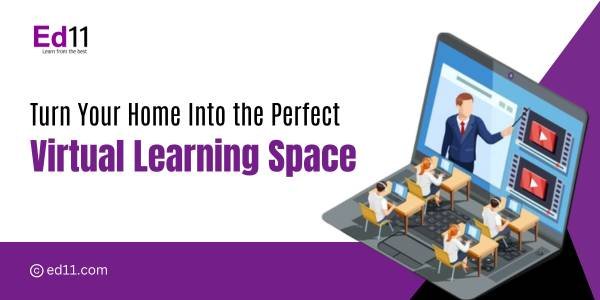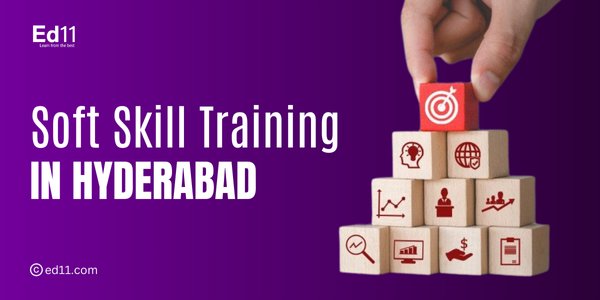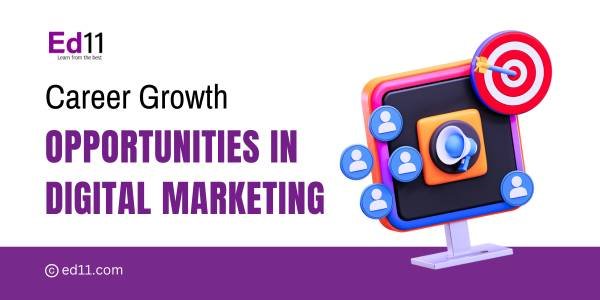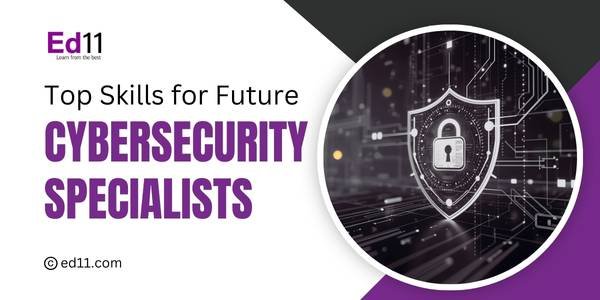Virtual Learning Tips for a Digital World
Learn the best virtual learning tips to stay focused, organized, and engaged in the digital world. Boost your online learning skills

Virtual learning is a way of learning that happens over the internet without being in a physical classroom. It allows students to take courses, attend lessons, and complete assignments from anywhere in the world, as long as they have an internet connection. With virtual learning, you can study at your own pace, in the comfort of your home, and often at times that fit into your schedule. As an expert in virtual learning, I have personally seen how this modern educational approach has reshaped the way we acquire knowledge. I had no idea how much of an impact virtual learning would have on students all around the world when I first started working in education technology. Virtual learning has changed the game, whether it's by making high-quality education accessible in far-flung places or by letting professionals advance their skills at their own speed. Education doesn't have to take place inside a classroom, as demonstrated by the growth of interactive platforms and creative teaching methods.
What is virtual learning?
Virtual learning is an educational process in which students can access lectures, materials, and assignments remotely via the Internet. Unlike traditional classroom learning, virtual learning often leverages tools like video conferencing, interactive apps, and online discussion boards to create an engaging and immersive learning experience.
Types of Courses Available in Virtual Learning
Virtual learning has a wide range of applications, providing courses in nearly every possible field. These are a few well-liked categories:
-
Academic Courses: Core subjects like mathematics, science, and English; Advanced Placement (AP) and International Baccalaureate (IB) programs.
-
Professional Certifications: Data science, project management, and digital marketing certifications. Industry-specific skills like cloud computing, cybersecurity, or coding
-
Skill Development Courses: Creative fields like graphic design, photography, or writing. Soft skills like communication, leadership, and time management.
-
Higher Education Degrees: Bachelor’s and master’s degrees are offered by prestigious universities.
-
Personal Enrichment Programs: Fitness, cooking, art, or foreign languages.
Importance of Virtual Learning
-
Democratize Education: Students from remote or underserved regions can now access world-class courses and educators.
-
Offer Flexibility: Learners can study at their own pace and schedule, making it ideal for working professionals or parents.
-
Enhance Engagement: Features like gamification, live Q&A sessions, and interactive quizzes make learning enjoyable.
-
Foster Lifelong Learning: Virtual learning encourages individuals to upskill continuously, ensuring they remain relevant in a rapidly changing world.
-
Reduce Costs: Without the need for physical infrastructure, online courses are often cheaper than traditional ones.
Impact of Virtual Learning on Students
-
Improved Accessibility: Students no longer need to commute or relocate to access quality education
-
Tailored Learning Experience: Adaptive technologies provide personalized content based on a student’s strengths and weaknesses.
-
Boosted Confidence: Features like discussion forums and one-on-one mentorship help shy students engage more actively.
-
Global Exposure: Students can interact with peers and instructors from different cultural backgrounds, broadening their perspectives.
-
Preparation for Digital Workplaces: Virtual learning teaches essential digital skills like navigating online tools and collaborating remotely, which are invaluable in the job market.
How Students Can Benefit from Virtual Learning
-
Set Clear Goals: Define what you aim to achieve through the course. Break your learning into smaller, manageable milestones.
-
Create a Dedicated Study Space: Choose a quiet, well-lit area free from distractions. Keep all necessary materials and devices organized.
-
Stay Disciplined: Follow a consistent schedule for attending classes and completing assignments. Avoid multitasking during lessons to maximize focus
-
Engage Actively: Participate in discussions, ask questions, and connect with instructors.Use tools like notes and bookmarks to retain important information
-
Leverage Resources: Take advantage of supplementary materials like eBooks, podcasts, and forums. Use tools like flashcards or apps to reinforce learning.
Overcoming Common Challenges in Virtual Learning
Virtual learning offers numerous benefits, but it's not without its challenges. Students must be proactive in addressing these hurdles to ensure success. Here are some common difficulties and tips on how to overcome them
-
Technical Issues: Challenge: Poor internet connection, faulty equipment, or compatibility issues with online platforms can disrupt the learning experience.Solution: Ensure you have a reliable internet connection and test all necessary devices before starting a class. Many platforms offer troubleshooting guides or tech support.
-
Lack of Interaction:Challenge: Virtual learning can sometimes feel isolating, especially for students used to face-to-face interaction with peers and instructors.Solution: Actively engage in class discussions and participate in group work or online study sessions. Don’t hesitate to reach out to your instructor or classmates if you need clarification or just want to talk through a topic.
-
Distractions at Home:Challenge: Studying at home can bring numerous distractions like household chores, family members, or social media.Solution: Create a study schedule and set specific hours for learning. Let others know your designated study times so you can minimize interruptions. Use apps that block distracting websites and maintain a tidy, focused work environment.
-
Motivation and Discipline:Challenge: Without the structure of a physical classroom, it’s easy to procrastinate or lose motivation.Solution: Set clear goals and break down assignments into smaller, achievable tasks. Reward yourself when you meet milestones. Consider using productivity techniques like the Pomodoro method to stay on track.
Best Practices for Online Learning Success
Students can use particular techniques to succeed in online education. Here are some other best practices for succeeding in an online environment
-
Utilize Available Learning Tools: Many online courses include tools that can enhance the learning experience. These tools range from virtual whiteboards and screen sharing to interactive quizzes and gamified modules. Be sure to explore all available resources, and don't hesitate to ask your instructor for advice on how to use them effectively.
-
Stay Organized with Digital Tools: Calendar and Reminders: Use digital calendars or apps like Google Calendar or Todoist to schedule lectures, deadlines, and assignments. Note-Taking Apps: Utilize digital note-taking tools like Evernote or Microsoft OneNote to organize your study materials and make them easily accessible.Cloud Storage: Store your work on cloud services such as Google Drive or Dropbox to ensure it’s accessible from any device and securely backed up.
-
Engage in Active Learning: Actively engaging with material is the greatest method to retain it. Take notes, engage in debates, and use what you've learned in practical situations rather than just listening to the lecture. You can gain a deeper understanding by actively addressing difficulties and instructing others.
-
Seek Feedback Regularly: The face-to-face feedback that traditional classes offer is sometimes absent from virtual learning. Seeking helpful reviews from peers or professors is still essential, though. Frequent feedback helps you fill in any knowledge gaps and keeps you on course to meet your learning objectives.
Virtual Learning for Career Advancement
One of the most significant advantages of virtual learning is its role in career development in a competitive job market. Professionals who are constantly updating their skill sets tend to stand out. Virtual learning provides an affordable and accessible way to do just that.
-
Access to Specialized Courses: Whether you’re interested in coding, digital marketing, or data science, virtual learning offers numerous specialized courses that can help you advance in your career. Many reputable platforms and universities offer certifications that are recognized by employers, helping you gain the credentials needed to move up in your field.
-
Networking Opportunities: Although you’re learning remotely, virtual learning doesn’t limit your ability to network. Many online courses include group projects or collaborative platforms that allow you to interact with professionals from around the world. This can lead to valuable networking opportunities and even career prospects.
-
Developing Transferable Skills: Through virtual learning, students develop not only subject-specific knowledge but also valuable transferable skills. These include communication, time management, problem-solving, and adaptability.
The Role of Self-Discipline in Virtual Learning
One of the most important factors in achieving success with virtual learning is self-discipline. It's easy to get into the procrastination trap because online learning provides a lot more freedom than in traditional classroom settings. The following advice can help you develop and preserve self-discipline.
-
Set Regular Study Times: Without a set schedule, you may find yourself pushing your lessons to the back burner. To stay disciplined, set aside dedicated study hours every day or week. Treat these sessions as mandatory appointments with yourself.
-
Avoid Multitasking: Multitasking can be tempting, but it often leads to lower productivity. Focus on one task at a time, whether it’s attending a live class or completing assignments.
-
Create a Routine: A consistent routine helps you form habits that can keep you on track. Whether it’s starting your day with a 30-minute review of your lessons or ending it with a brief reflection on what you’ve learned, a routine adds structure to your virtual learning process.
Virtual learning is a creative, adaptable, and accessible method of learning and developing abilities that go beyond simply being a practical substitute for traditional education. Students can benefit greatly from this digital learning period by being aware of the different kinds of courses that are offered, using efficient learning techniques, and maintaining their discipline. For anyone committed to lifelong learning, virtual learning provides the perfect opportunity to grow both personally and professionally. Whether you are a student seeking academic excellence or a professional advancing your career, the tools and resources available through virtual learning can help you achieve your goals and open doors to new possibilities.




















